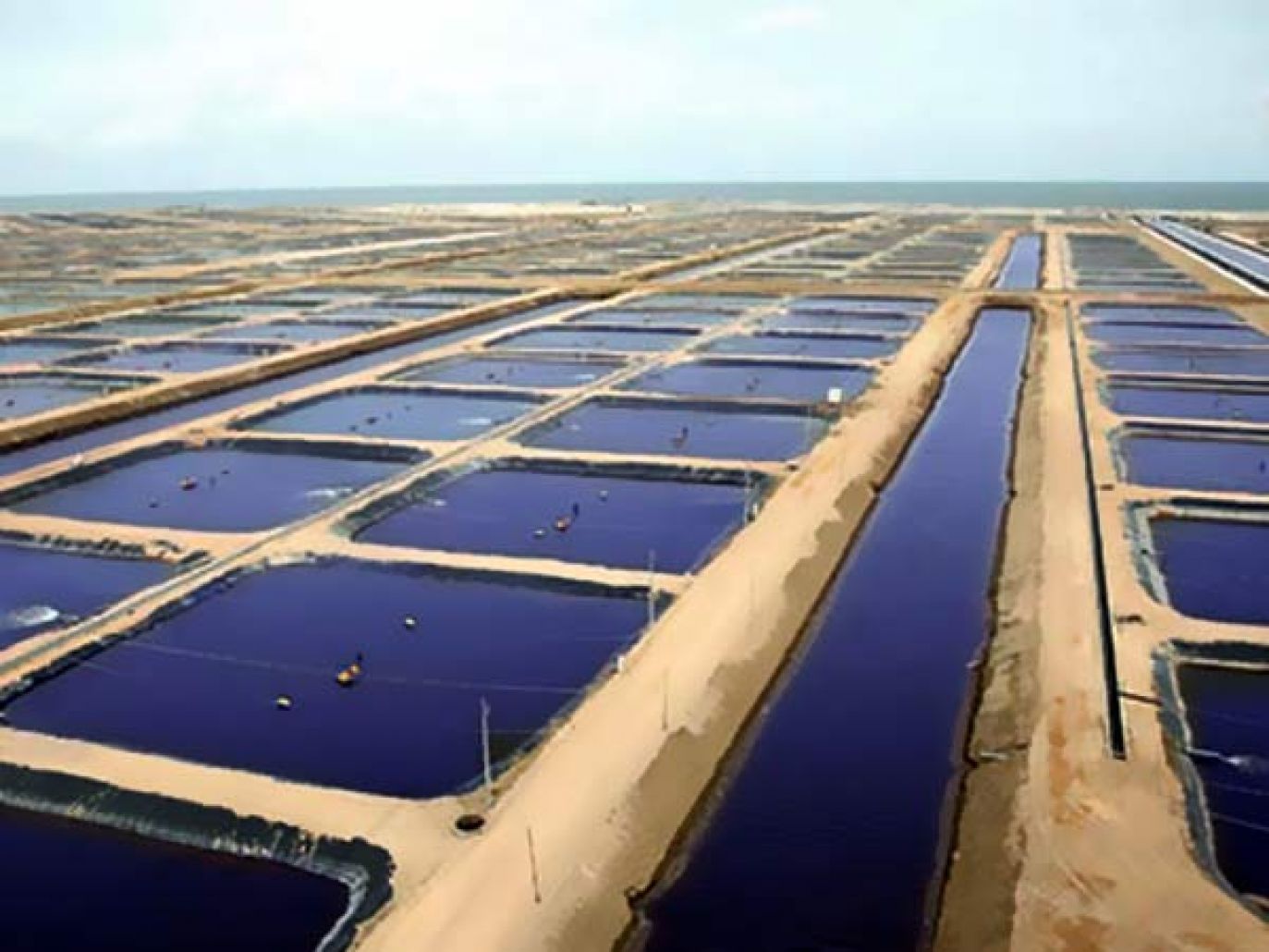It is about establishing fish farms in floating cages. The area of the floating cages for fish farming reaches 900,000 m2.

The project also includes the establishment of fish farms in floating cages with an area of 900,000 m2 for floating fish farming. The project also has a sufficient area of land allocated for the establishment of facilities and warehouses, including a canning factory, a sorting station, equipped and refrigerated warehouses, an ice factory, equipment and machinery warehouses, workers’ housing, administrative offices, septic tanks separate from the sewage system, warehouses, and a feed delivery station on the dock. The project also has at least 2 marine vessels to transport services and workers into the water and transport fish to the dock due to the farm being far from the dock. An incinerator is also provided to dispose of waste and dead fish. The project also has a hatchery unit. The fish farm project targets fish trade refrigerators, the wholesale and retail trade sector, hotels and restaurants, the hypermarket and supermarket sector, and agents and distributors of food products. The fish farm project seeks to provide a variety of fish represented by Safi, Hamour, Shaari, Dennis, and Asian sea bass.



Executive Summary
Study of project services/products
Market size study.
Risk assessment study.

The Kingdom of Saudi Arabia has given great importance to the agricultural sector in the past five years, specifically after the launch of Vision 2030, through which Saudi Arabia wanted to exploit the available opportunities and resources and reach a strong, sustainable economy. As a result of its tireless efforts in this regard, we have seen how the agricultural area has expanded, crop production has increased, and how the number of livestock and fish have increased; which has contributed to enhancing food security and providing citizens with their food and nutritional needs. Because Mashroo3k Economic Consulting and Market Research Company likes its clients to be informed about the indicators of this important and vital sector, it has decided to present here some data that can be a guide for those who want to invest under its umbrella:
